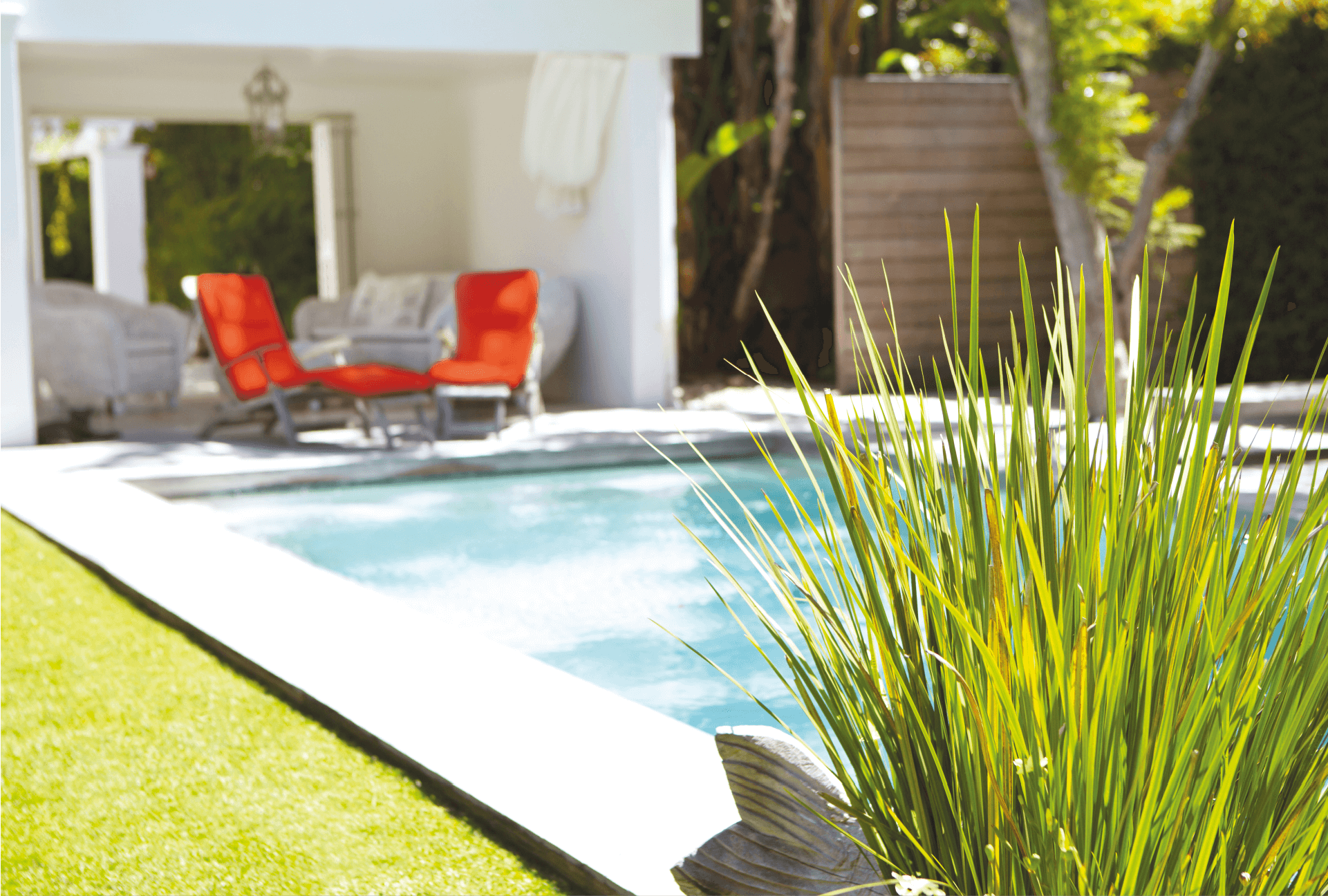Pool Heat Pump: How Does It Work?

Operation of a Pool Heat Pump
Heat Exchange:
The operation of a pool heat pump may seem complicated, but it is actually quite simple. In essence, it involves capturing heat from the air and transferring it to the pool water. By seeking to capture heat from the outside air, one is essentially aiming to capture the calories present in the air. The warmer the air, the more calories it contains.
Refrigerant:
To capture the calories from the air, the heat pump uses a refrigerant fluid. The refrigerant is a fluid that enables the implementation of a refrigeration cycle. The fluid has the ability to absorb heat from the air when its temperature and pressure are low, and release heat when its temperature and pressure increase.
Heating a Pool: The 4 Steps of Heat Pump Operation
1 – Evaporator or Air Exchanger: Its function is to exchange air. When the fluid passes through the exchanger, it is in a liquid state (low pressure and low temperature). The fan circulates air over the air exchanger, capturing calories. This leads to a rise in the fluid’s temperature, turning it into a gas. This step explains why the air blown by the heat pump feels cold; it is actually 10 to 12 °C cooler than the ambient air as it loses calories.
2 – Compressor: At this stage, the gaseous fluid enters the compressor. The compressor, as the name suggests, compresses the gaseous fluid to increase its pressure.
3 – Water Exchanger: The high-pressure gaseous fluid then enters the titanium exchanger. Its function is to transfer the calories collected by the fluid to the pool water. The water circulates around the titanium exchanger’s coil and absorbs the calories from the fluid. This heat exchange has the opposite effect on the fluid, causing it to lose calories, cool down, and return to a liquid state while decreasing in pressure.
4 – Expansion Valve: Finally, the liquid fluid enters the expansion valve, which lowers its pressure again to capture as many calories as possible when it returns to the air exchanger.
Cooling the Pool:
If necessary, a heat pump can also cool the pool water. To do this, the heat pump is equipped with a 4-way valve that reverses the flow of the fluid in the refrigeration cycle. The air exchanger then releases its calories to the air, causing the refrigerant’s temperature and pressure to drop. In the titanium exchanger, the refrigerant absorbs the calories from the water, leading to a decrease in its temperature.
Defrosting:
When the temperature drops, ice can form on the evaporator and block the airflow. To remedy this, the compressor increases the pressure and, consequently, the temperature of the refrigerant. The hot fluid then passes through the evaporator to melt the ice.
Factors Influencing Heat Pump Performance
- External Temperature: As explained earlier, the pump’s performance is affected when temperatures drop, as warmer air contains more calories.
- Uncovered Pool: A pool left uncovered at night loses heat due to direct contact with the air. Not covering the pool is akin to heating a house with windows open.
- Heat Pump Sizing: An improperly sized heat pump cannot handle enough water volume, resulting in a slow temperature increase or even the inability to reach the set temperature.
- Heat Pump Location: The heat pump’s placement directly affects its performance. It’s crucial that the air captured by the exchanger is not the air it has just expelled. Otherwise, the heat pump will suffocate and decrease the coefficient of performance (COP) as the cold air it blows is low in calories.
Inverter Technology, Performance, and More!
All Polytropic heat pumps are equipped with Inverter technology. Inverter heat pumps, unlike traditional On/Off models, offer numerous advantages:
- Energy Efficiency and Energy Savings: By automatically adjusting their output power based on the actual heating needs of the pool, they can modulate their operating speed to adapt to temperature variations. This optimizes energy efficiency and reduces electricity consumption.
- Maintaining Stable Water Temperature: They keep the pool water temperature more stable and constant, avoiding sudden temperature fluctuations for optimal swimming comfort.
- Reduced Wear and Tear: Thanks to their smooth operation and ability to avoid frequent starts and stops, Inverter heat pumps are less prone to component wear and fatigue, potentially extending their overall lifespan.
- Quieter Operation: Inverter heat pumps are generally quieter than conventional models. Their low-speed operation helps reduce noise levels, creating a more peaceful pool environment.



